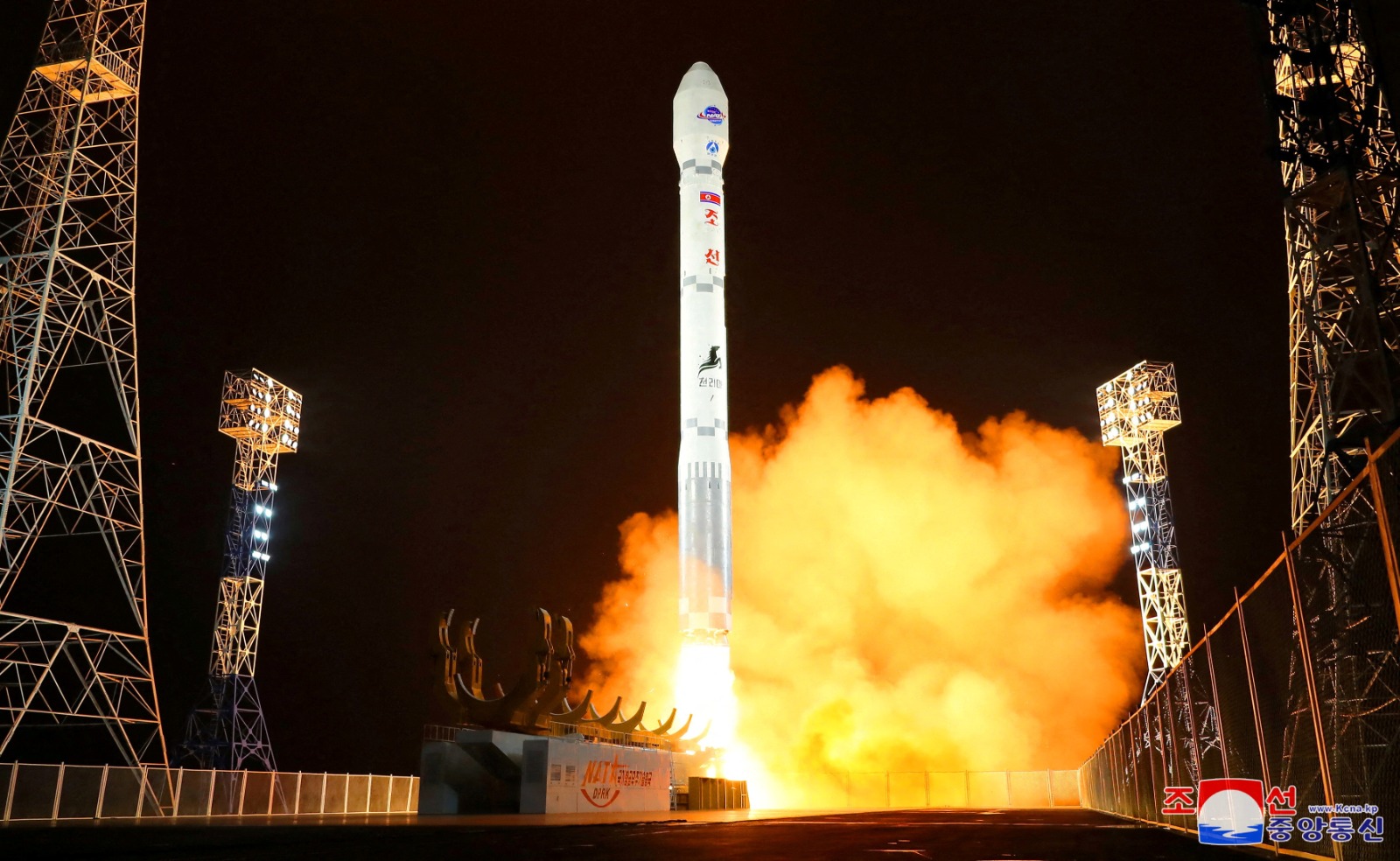North Korea’s first satellite launch and photographing of critical US, allied military, and civilian centers does give Pyongyang elementary space surveillance capabilities but does not significantly or decisively threaten the US Navy, experts believe.
Pyongyang would instead need a host of other satellites and space launch capabilities to credibly shift the military balance in its favor and is far from being a space power.
This does not mean the country’s general military capabilities should be underestimated, especially given how it has introduced a series of new ballistic missiles, drones, cruise missiles, and submarines.
The American-South Korean-Japanese and North Korean warfighting strengths mutually deter the other, always remaining under a certain threshold, evident in the periodic military face-offs and brinkmanship.
Moreover, the diplomatic backing from Russia and China supplements the military capability to ensure parity before the more qualitatively superior forces of Seoul, Tokyo, and Washington.
North Korea Finally Has A Satellite
North Korea, through its official news agency KCNA, claimed on November 28 that its recently launched satellite had sent back “detailed” images of the White House, the Pentagon, and the US nuclear aircraft carriers. The regime leader, Kim Jong-un, viewed the photos.
The satellite also took photographs of a US naval base, a shipyard, and an airfield in Virginia, KCNA said, adding that the images contained four US nuclear aircraft carriers and a British aircraft carrier. On November 21, Pyongyang conducted its third attempt at launching its Malligyong-1 military reconnaissance satellite onboard a Chollima-1 rocket. Previous launches in May and August 2023 failed to achieve orbit.

The satellite’s capabilities and whether it contains Russian or Chinese technology are unknown. Still, experts agree that the successful launch built upon the lessons learned from failed launches and was an extension of Pyongyang’s capable ballistic missile launch technology.
No Big Deal Yet, North Korea Has A Long Way To Go
With the US Navy being the primary service employed in a predominantly oceanic theater against North Korea in far northeast Asia — and, by extension, Russia or China — the Malligyong-1’s efficacy can only be better judged by how it tracks American warships.
According to retired Indian Navy officer Commodore Venugopal Vengalil, the satellite does not represent a significant leap in military capabilities or pose a mortal threat to the US Navy.
“It is far from making a big difference for the USN. From a purely overhead ship tracking standpoint, where you want to see if a naval armada is approaching your shores, online open-source ship tracking websites and Google searches tell you that. You can easily get a position on a US ship,” Vengalil said.
Vengalil also made a fundamental point about surface warships having a deterrent role, where the goal is to be visible and convey political assertion through military means. In other words, large warships are meant to be seen when they are sailed to a flashpoint.
“The main role of the US Navy is power projection and providing a security umbrella for their allies in the region. For that, visibility is the most important factor. That’s why they operate carrier strike groups (CSG),” Vengalil added.
Reuters quoted Dave Schmerler, a satellite imagery expert at the James Martin Center for Nonproliferation Studies, saying that the satellite can undoubtedly see the large areas or warships as North Korea claims, as even a medium-resolution camera could offer Pyongyang that capability. “But how useful those images are depends on what they want to use them for,” he said.
Satellite’s Photo Quality
For medium-resolution satellites to be helpful in war, North Korea must launch an entire constellation to allow more frequent passes over critical sites. North Korea’s space agency has said it is pursuing that goal, acknowledging that it has a long way to go.
“It’s a big leap for them going from zero to something, but until we can see the images they’re collecting, we’re speculating on its use cases,” he said.
A state media photo of Kim examining the satellite images with his daughter also suggests they may be panchromatic, a type of black-and-white photography sensitive to all visible light wavelengths.
In December 2022, North Korea released panchromatic imagery of downtown Seoul after a rocket launch. It said it was a test of the satellite control, image-taking, and data downlink systems for its eventual military reconnaissance satellite.
- The author can be reached at satamp@gmail.com
- Follow EurAsian Times on Google News




